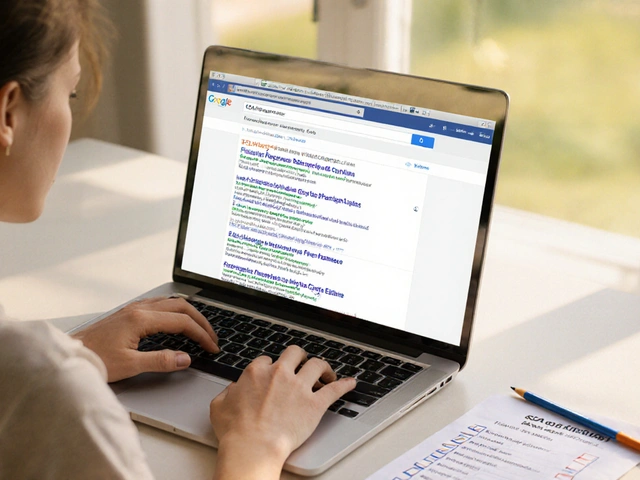Wild Thyme: What It Is and Why You’ll Want It
If you’ve ever walked through a meadow and caught a fresh, peppery scent, chances are you met wild thyme (Thymus serpyllum). Unlike garden thyme that lives in pots, wild thyme spreads low across rocks and sunny spots. Its tiny leaves pack big flavor and even bigger health perks, making it a handy herb for kitchens and home‑cure shelves.
How to Spot Wild Thyme in the Wild
Look for small, oval leaves about a centimeter long that sit close together on thin stems. The plant forms dense mats with pink or lilac flowers blooming from June to August. It loves dry, well‑drained soil and full sun—think rocky hillsides or open fields. If you’re not sure, compare the smell: wild thyme has a sharper, more intense aroma than cultivated thyme.
Everyday Uses: From Kitchen to Medicine Cabinet
Cooking with wild thyme is easy. Sprinkle a pinch over roasted veggies, add it to marinades, or steep a few sprigs in hot water for a soothing tea. The flavor holds up well under heat, so you can toss it into soups and stews without losing its punch.
When it comes to health, wild thyme shines because of its essential oils—mainly thymol and carvacrol. These compounds act like natural antibiotics, helping the body fight off minor infections. A warm tea made from 1‑2 teaspoons of dried leaves can soothe a sore throat or calm an upset stomach.
People also use wild thyme oil (diluted in a carrier oil) for skin irritations and muscle aches. The cooling sensation eases tension, while the antimicrobial action keeps wounds clean. Just remember: a little goes a long way—use a few drops mixed with coconut or almond oil before applying.
If you’re into DIY projects, wild thyme makes a great addition to homemade cleaning sprays. Combine water, vinegar, and a handful of fresh sprigs; let it sit overnight, then spray around the house for a natural freshener that also cuts germs.
Growing Wild Thyme at Home
You don’t need a mountain meadow to grow this herb. A sunny windowsill or garden patch works fine as long as the soil drains quickly. Start with seeds or small cuttings, space them about 10 cm apart, and water sparingly—overwatering will rot the roots.
Once established, wild thyme is low‑maintenance. Trim it back after flowering to keep the plant tidy and encourage fresh growth. In colder regions, mulch over the roots in late fall; the plant usually bounces back in spring.
Safety Tips You Should Know
Wild thyme is safe for most adults when used in normal food amounts. However, high doses of essential oil can irritate the skin or upset the stomach. Pregnant women should stick to culinary uses and avoid large herbal supplements unless a doctor says it’s okay.
If you’re harvesting from the wild, make sure the area isn’t polluted or treated with pesticides. Wash the leaves well before using them in any recipe or remedy.
Whether you’re looking to spice up your meals, boost your immunity, or craft a natural cleaner, wild thyme offers a simple, affordable option. Keep a few sprigs handy and experiment—your taste buds and body will thank you.
Wild Thyme vs Common Thyme: Essential Oil Potency, Chemotype Differences, and Health Benefits Unveiled
This article uncovers the real differences between wild thyme and common thyme, going deep into their essential oil compositions, chemotypes, and how each stacks up when it comes to potency and health perks. The comparison is hands-on, with a close, detailed look at what makes these aromatic herbs tick. Expect concrete facts, clear science, and practical tips for choosing the right thyme for your needs. By exploring everything from their wild growing habits to their chemical secrets, this guide gives you all the knowledge you need to make smarter choices. Explore powerful uses, smart kitchen tips, and the truth about which thyme works best.
About
Natural Remedies
Latest Posts


The Environmental Impact of Eflornithine Production
By Orion Kingsworth Oct 30, 2025

Womenra (Sildenafil) vs Viagra, Cialis & Other ED Drugs - 2025 Comparison Guide
By Orion Kingsworth Oct 12, 2025

Unlock the Healing Potential of German Chamomile: Your Ultimate Guide
By Orion Kingsworth May 10, 2024

